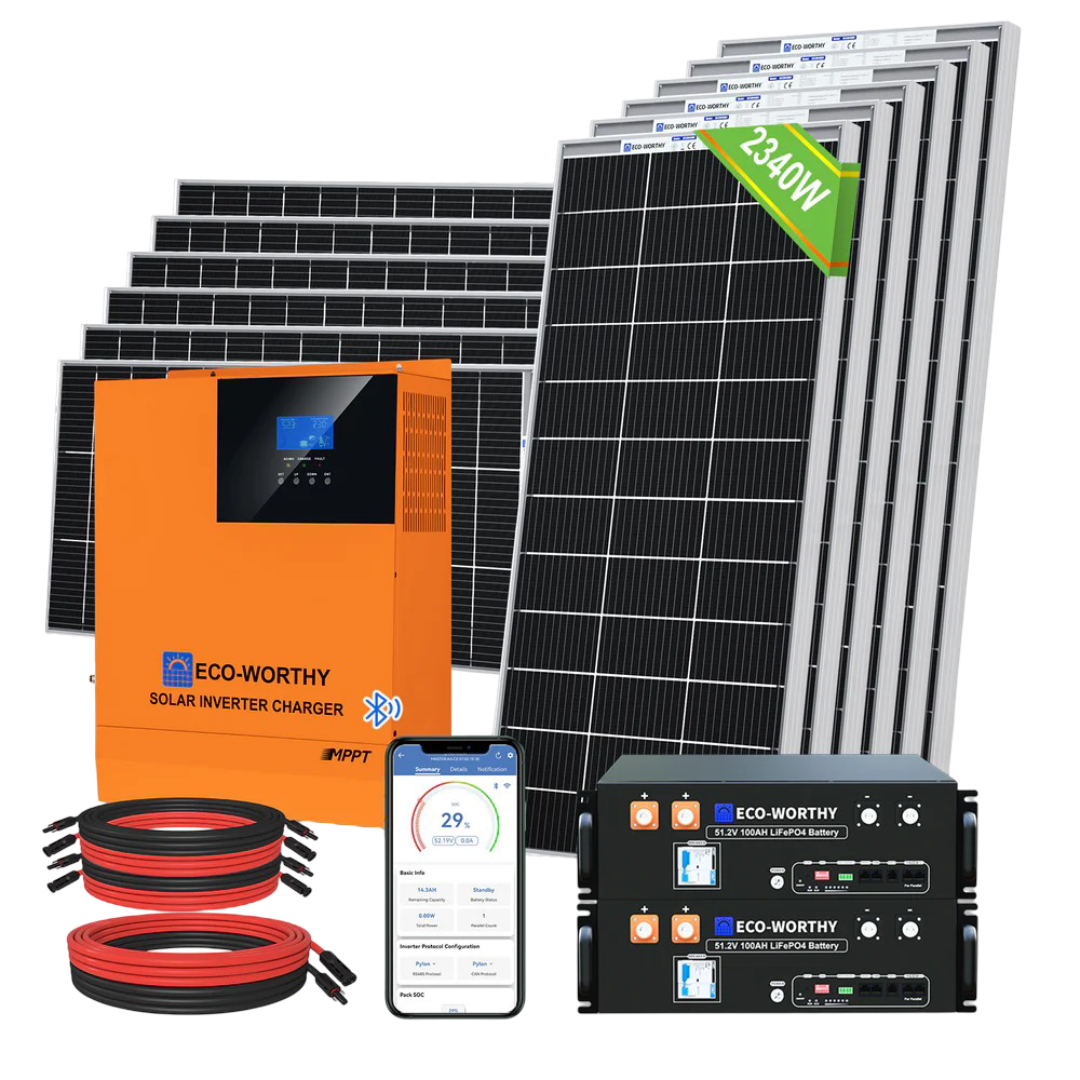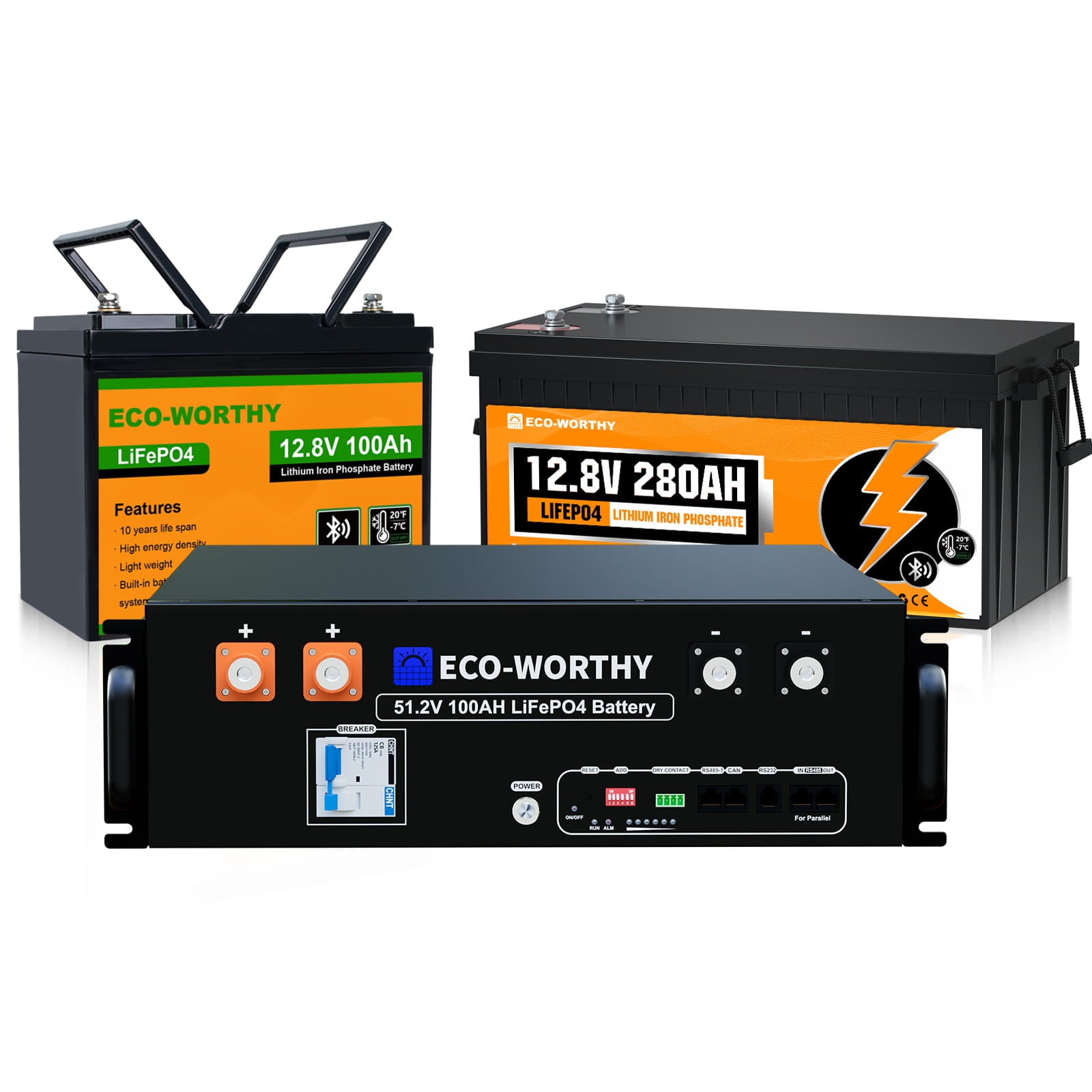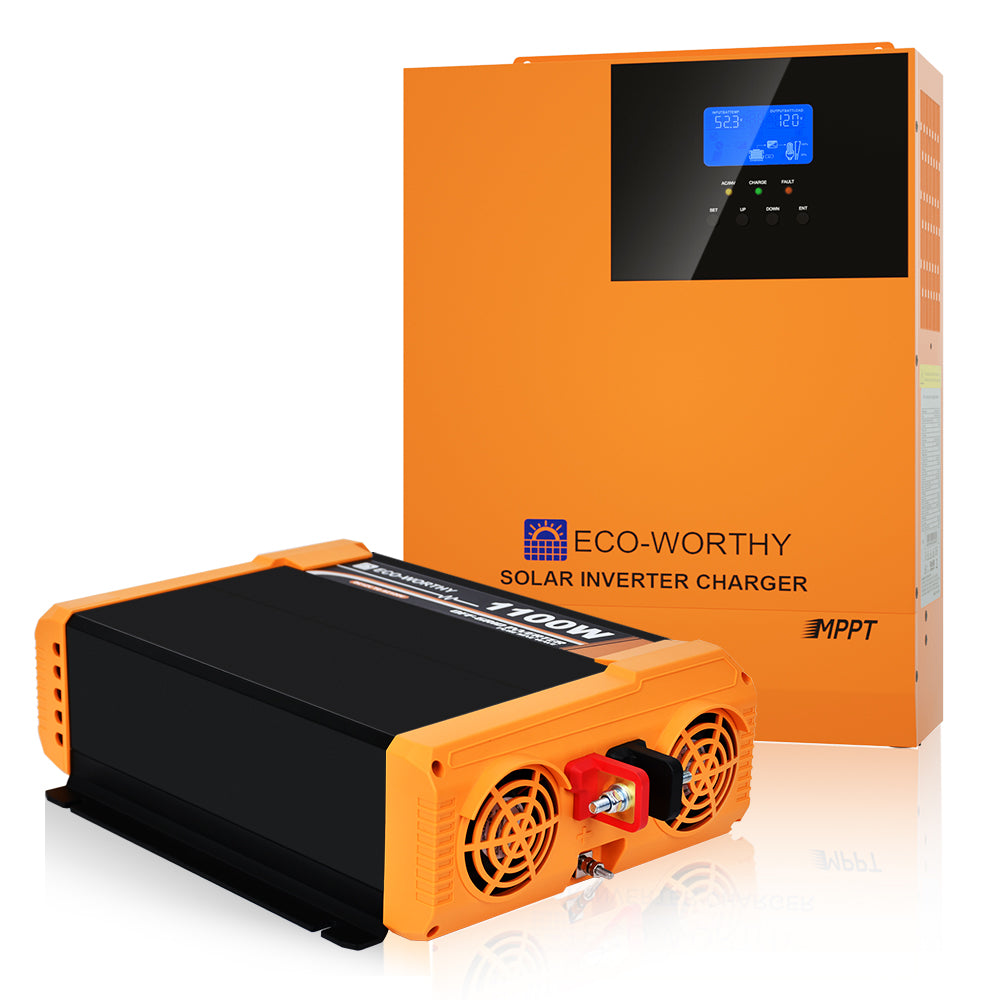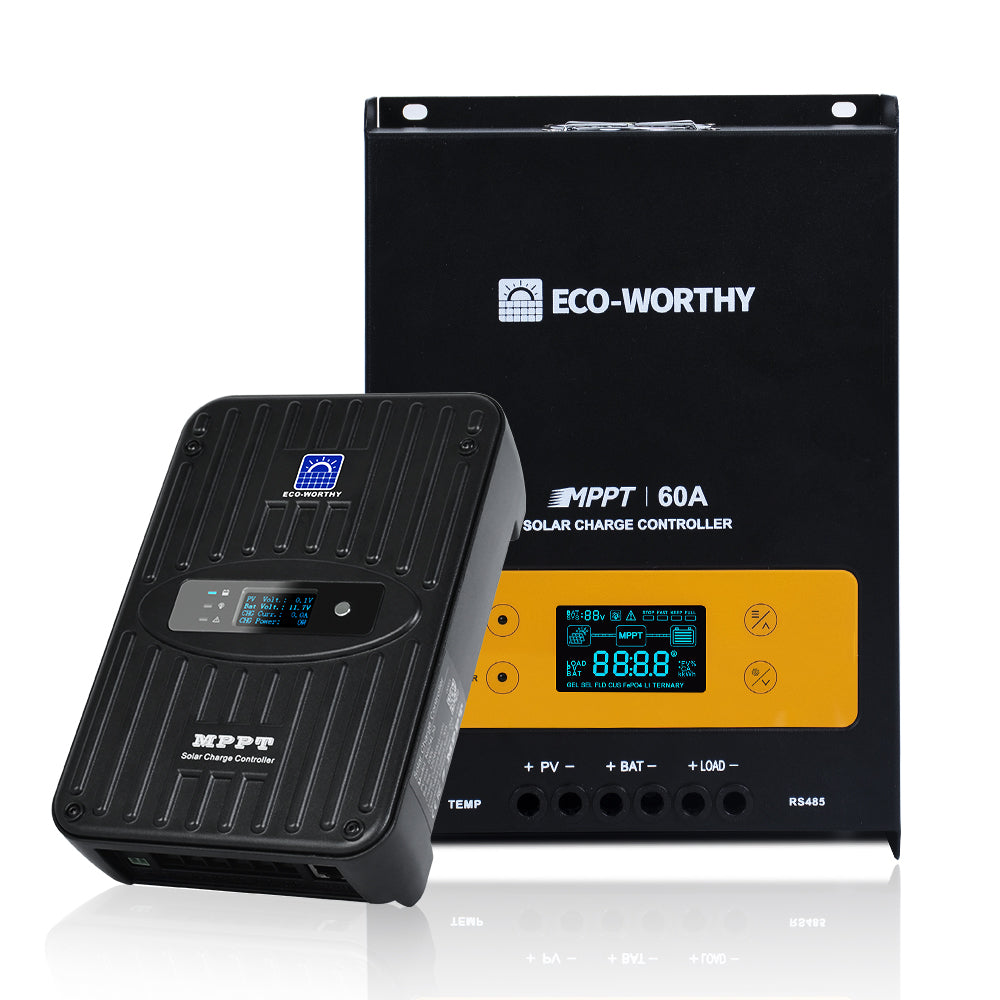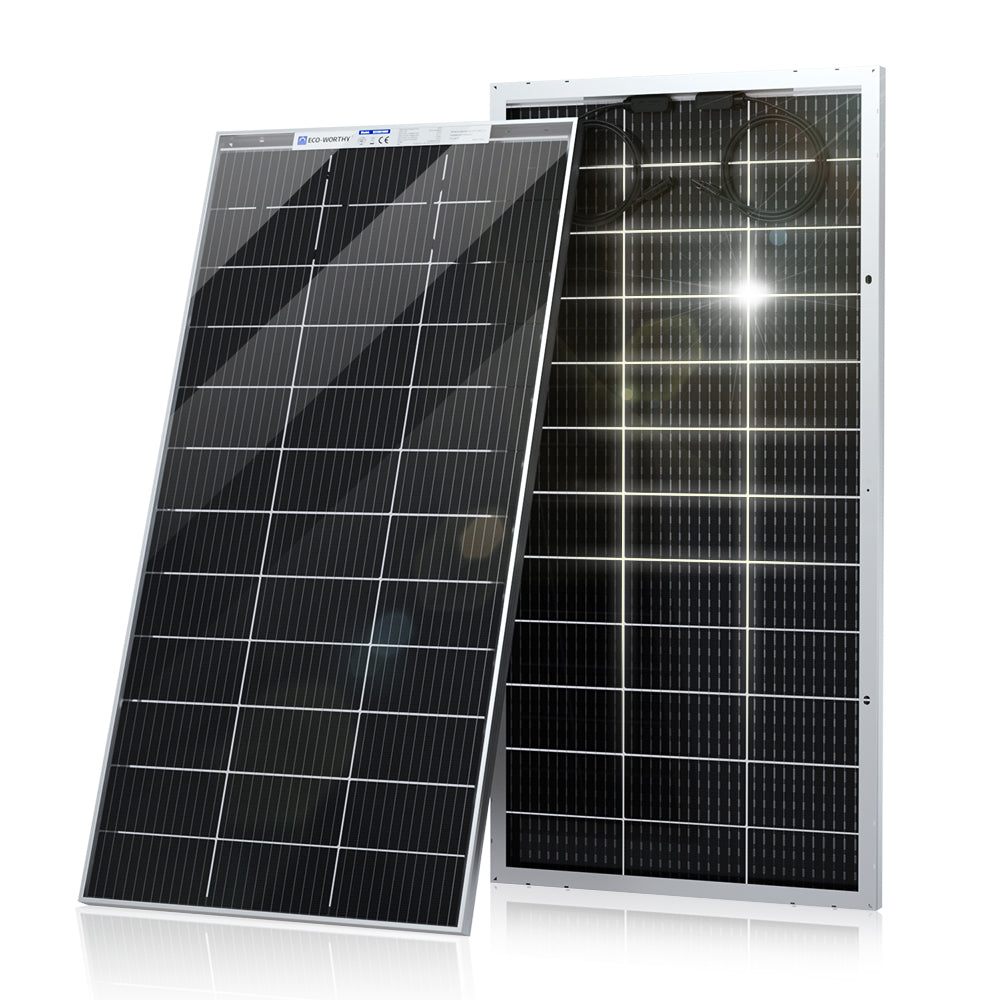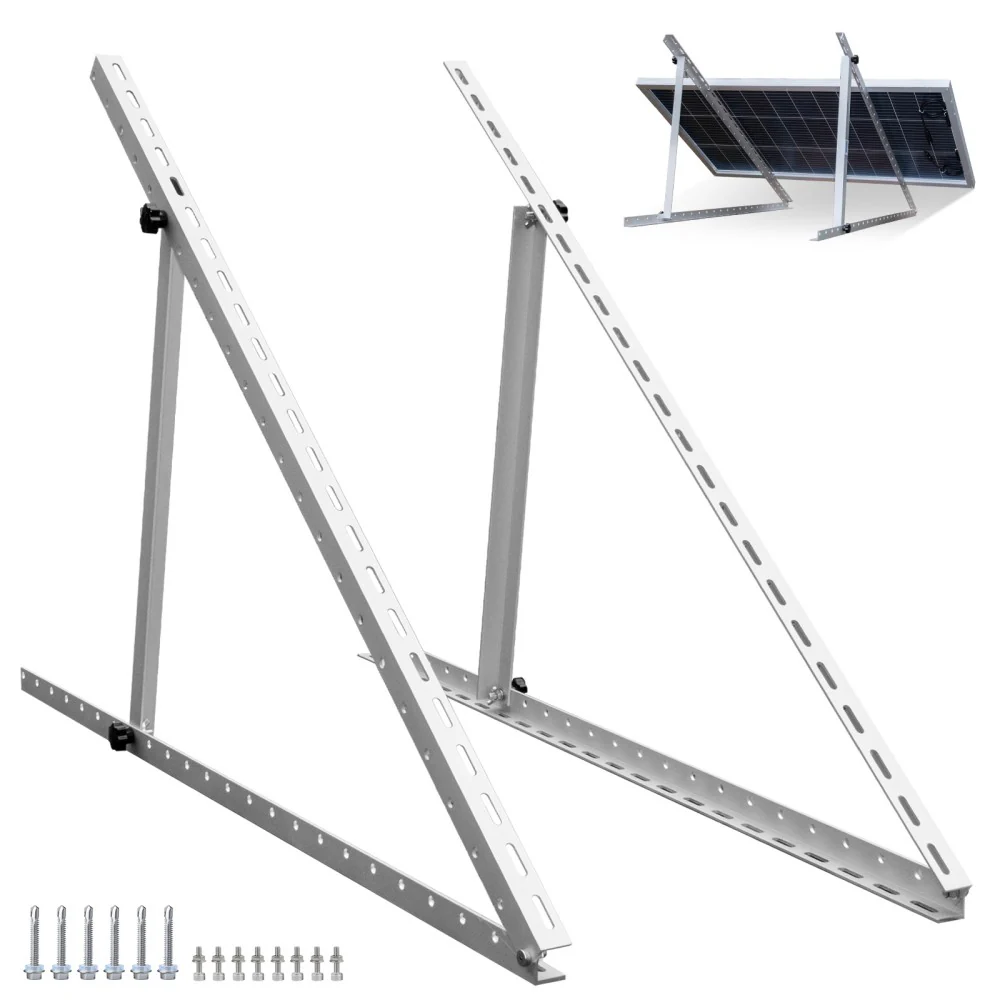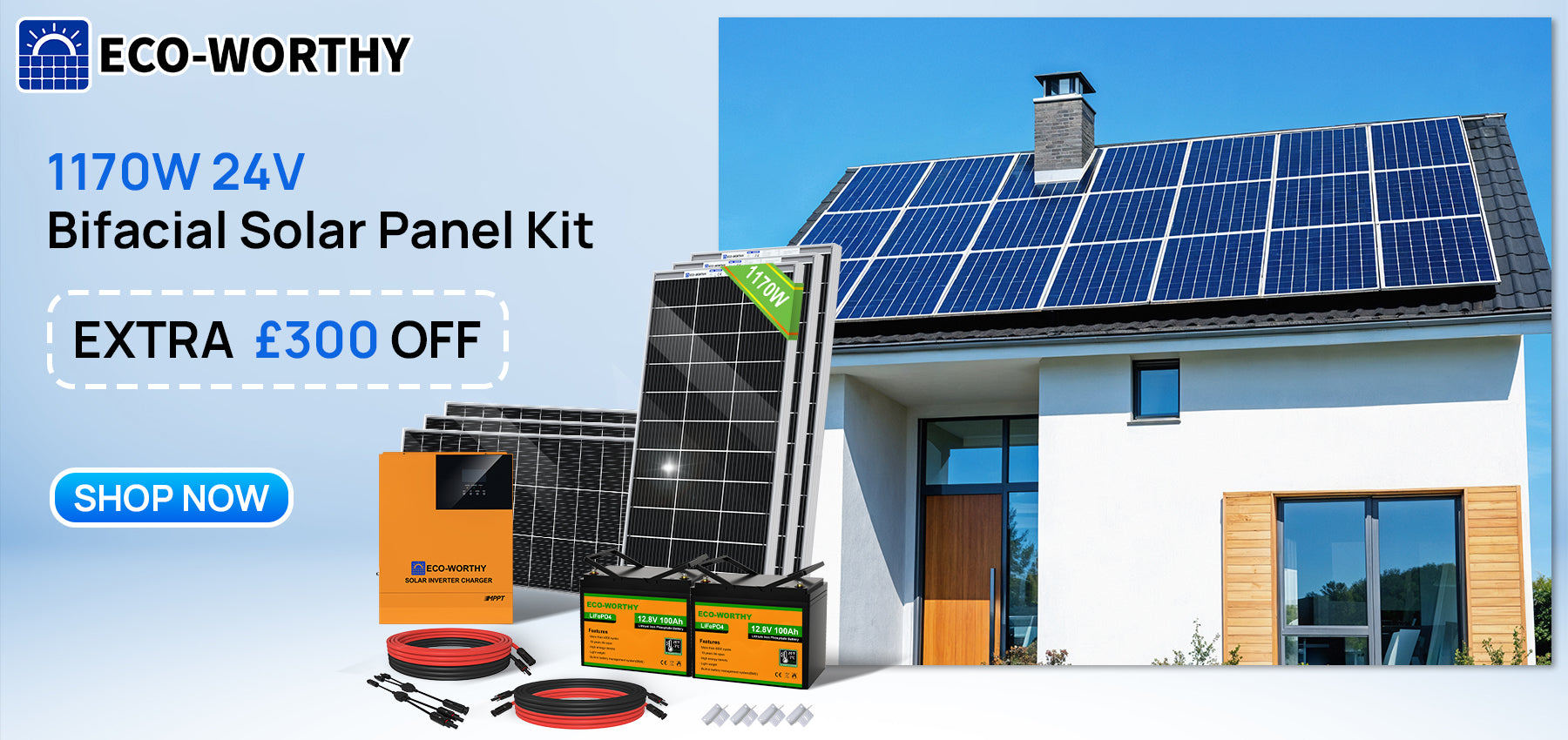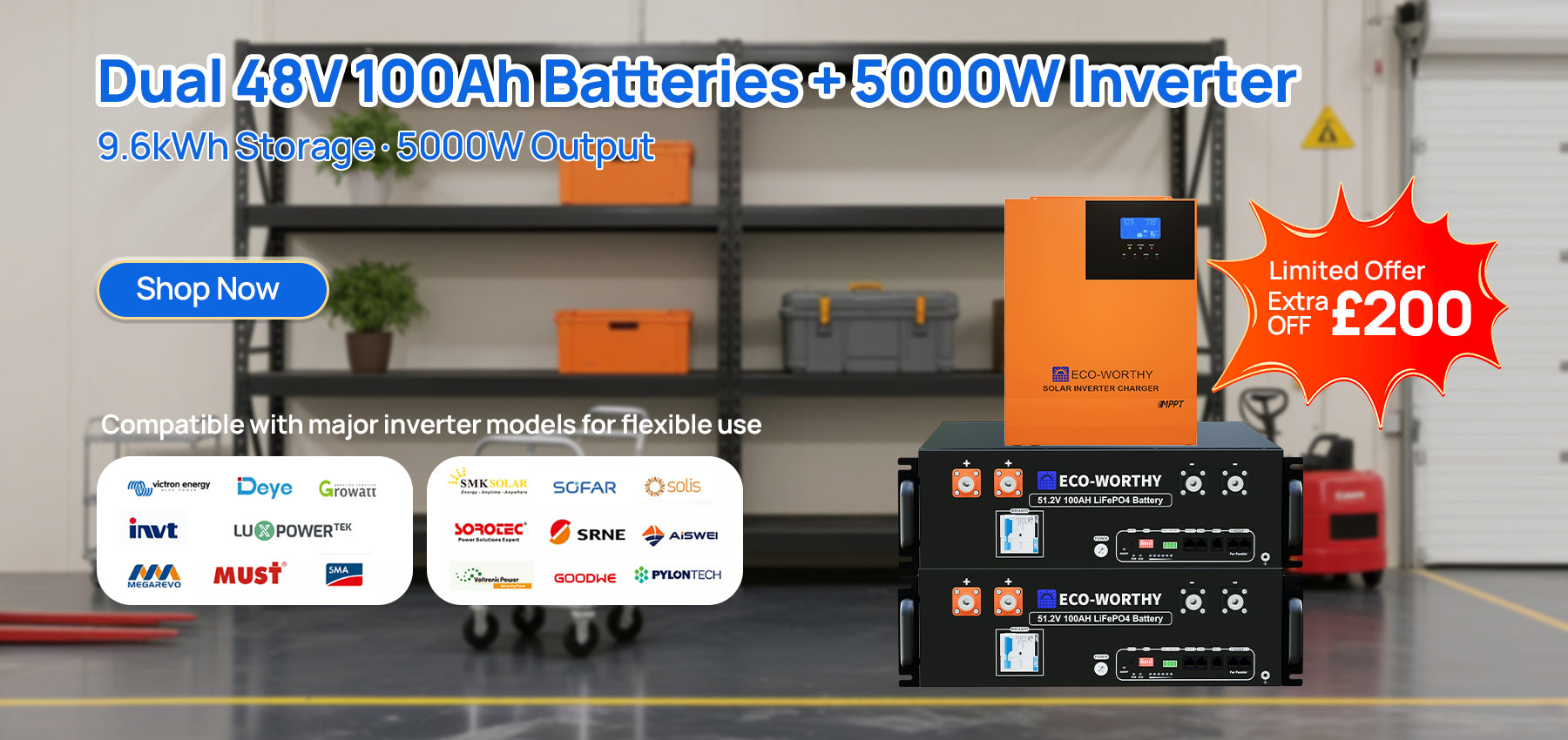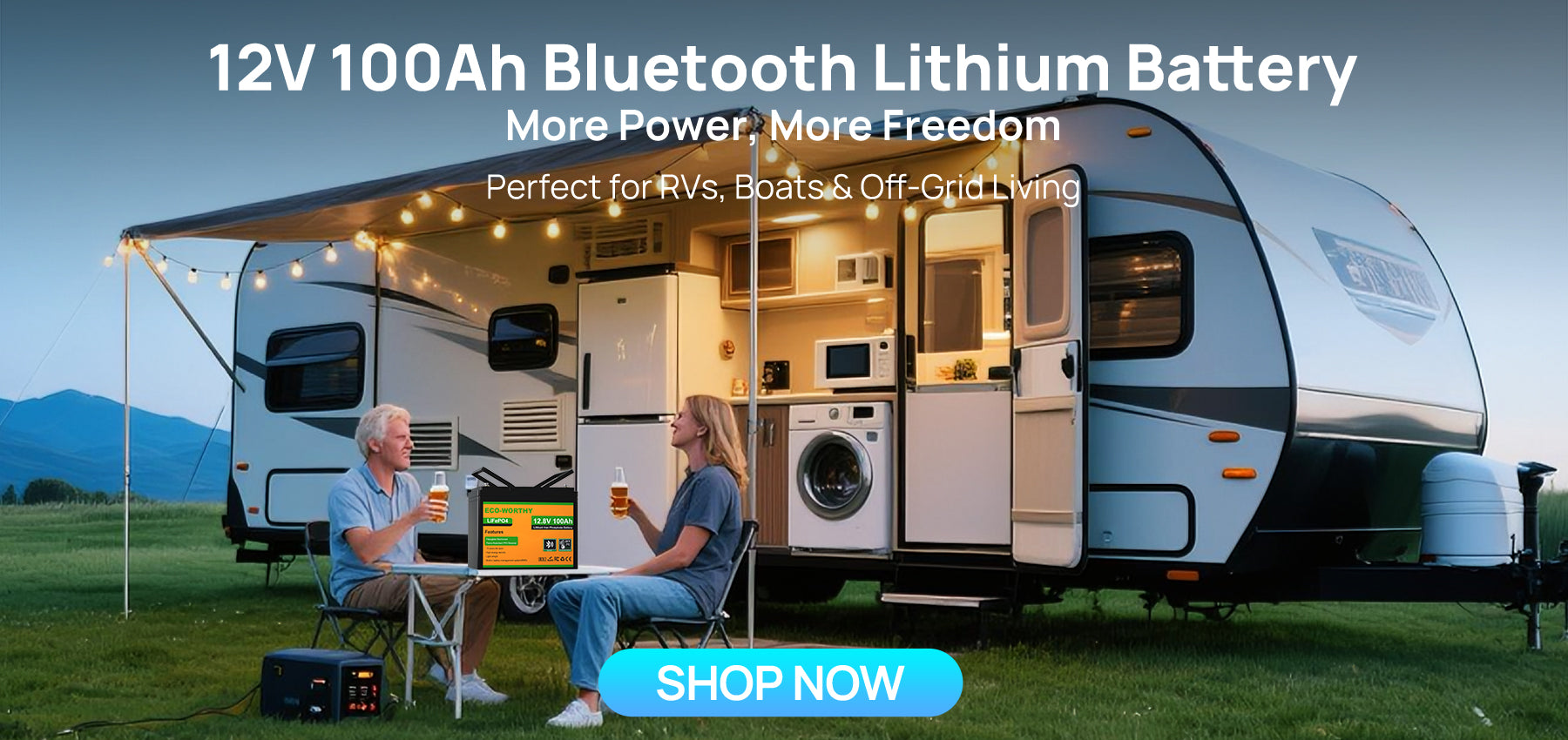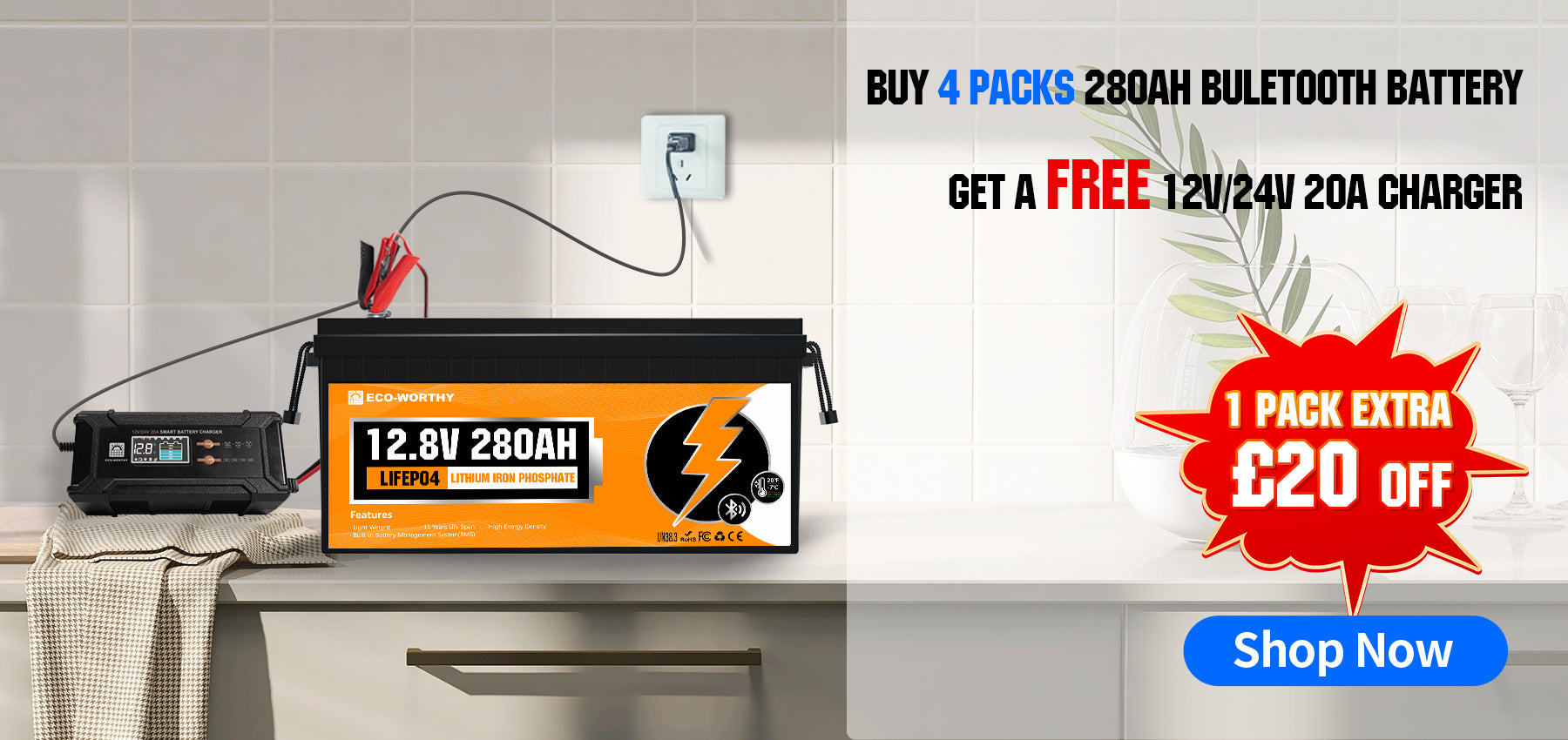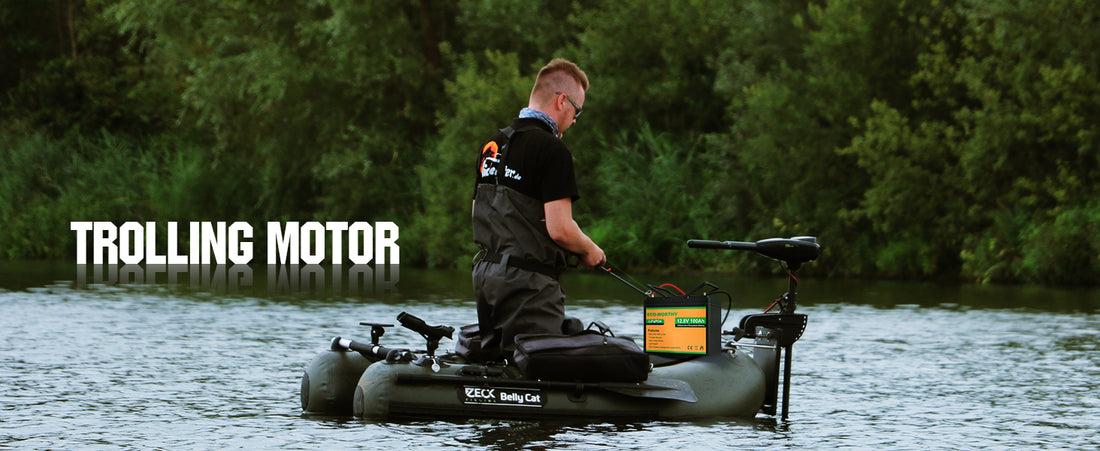Marine batteries are the unsung heroes of boating, powering everything from your engine start to your onboard electronics. Choosing the right one isn't just about keeping things running—it's essential for your safety and enjoyment at sea. Whether you're fishing, sailing, or racing, the battery you pick can make a big difference. The wrong choice might leave you stuck in the middle of the water. But the right marine battery will start your boat easily, power your gadgets, and keep everything working, even in rough weather. Being aware of the different types of marine batteries enables you to make a prudent choice.
Three Primary Types of Marine Batteries
For marine batteries, there are three main types you'll encounter. Each serves a specific purpose and has unique characteristics.
1. Starter Batteries: High-Power, Short-Duration Energy
Starter batteries are designed to deliver a powerful, short burst of energy. Their primary job is to crank your boat's engine to life. Once the engine is running, the alternator takes over, recharging the battery.
These batteries feature thin plates with a large surface area, allowing for rapid energy release. They're not built for deep discharges, preferring to stay near full charge for optimal performance and longevity.
2. Deep Cycle Batteries: Sustained Power for Extended Use
Deep cycle batteries are the workhorses of the marine world. They provide steady power over extended periods, making them ideal for running trolling motors, fish finders, and other onboard electronics.
Unlike starter batteries, deep cycle batteries have thicker plates that can withstand repeated deep discharges. This design allows them to deliver consistent power until they're about 80% discharged, after which they need recharging.
3. Dual-Purpose Batteries: Versatile Power Solution
As the name suggests, dual-purpose batteries aim to combine the best of both worlds. They can provide the initial burst needed to start your engine and sustain power for your electronics.
While convenient, these hybrid batteries often compromise on specialised performance. They may not start your engine as efficiently as a true starter battery or last as long as a dedicated deep cycle battery when powering equipment. However, for boats with limited space or simpler power needs, they can be an excellent all-in-one solution.
Technologies Used in Marine Batteries
Marine batteries come in various technologies, each with its own set of advantages and limitations.
1. Lead-Acid Batteries: Traditional and Reliable
Flooded Lead-Acid (FLA)
These traditional batteries are cost-effective and reliable. They require regular maintenance, including topping up with distilled water. While they're heavier than other options, their affordability makes them popular for many boaters.
Sealed Lead-Acid (SLA)
A step up from FLA, these batteries come in two main types:
- Absorbed Glass Mat (AGM): AGM batteries are maintenance-free and highly resistant to vibration. They charge faster than traditional lead-acid batteries and perform well in cold weather. However, they come with a higher price tag.
- Gel Cell Batteries: Gel batteries use a gelified electrolyte, making them spill-proof and ideal for boats that might encounter rough waters. They're excellent for deep cycling but require specific charging procedures to prevent damage.
2. LiFePO4 Batteries: High-Performance and Safe
LiFePO4 (Lithium Iron Phosphate) batteries offer impressive power-to-weight ratios and faster charging times compared to lead-acid batteries. They maintain consistent voltage throughout discharge and have a significantly longer lifespan than traditional battery types.
If you're considering this advanced battery type, you might find our Frequently Asked Questions about Lithium Batteries helpful.
While their performance is superior, LiFePO4 batteries are more expensive initially. However, their longer cycle life often makes them cost-effective in the long run. They require specific charging systems but are known for their exceptional safety, thermal stability, and lower risk of fire or explosion compared to other lithium-based batteries.
3. Nickel-Cadmium Batteries: Specialized Applications
These batteries offer good performance in extreme temperatures and can withstand deep discharges. They're often used in specialised applications.
NiCad batteries contain toxic materials, making disposal challenging. Many regions have restrictions on their use due to environmental concerns.
How to Choose the Right Marine Battery
When selecting a marine battery, several important factors come into play.
1. Power and Capacity
Consider all the equipment on your boat - from the engine starter to fish finders and lights. A battery's capacity is measured in amp-hours (Ah). Choose a battery that can handle your boat's power demands with some extra capacity for unexpected needs.
2. Durability
Boats face harsh conditions - salt water, humidity, and constant movement. Your battery needs to be tough enough to withstand these challenges. Look for batteries designed specifically for marine use, with features like vibration resistance and sealed cases.
3. Lifespan and Charging
Think about how often you'll use the battery and recharge it. Deep cycle batteries can handle more discharge-recharge cycles than starter batteries. The number of cycles a battery can endure is key to its overall lifespan and value.
4. Maintenance Requirements
Some batteries, like traditional flooded lead-acid types, require regular maintenance such as topping up water levels. Others, like AGM or gel batteries, are maintenance-free. Consider how much time you're willing to invest in battery upkeep.
5. Size and Weight
Ensure the battery you choose fits in your boat's battery compartment and doesn't exceed your vessel's weight capacity. A heavier battery might affect your boat's performance and fuel efficiency.
6. Cost Considerations
While it's tempting to go for the cheapest option, consider the long-term costs. A more expensive battery might last longer and require less maintenance, potentially saving you money over time.
How to Maintain and Safeguard Your Marine Batteries
Proper care and handling are essential for ensuring the longevity and reliable performance of your marine batteries.
1. Battery Inspection and Routine Maintenance
Regularly inspect your batteries for any signs of damage on the terminals and connections. Clean the battery tops and terminals as needed to prevent buildup.
For LiFePO4 batteries, maintenance is minimal. Unlike lead-acid batteries, they don't require water top-ups or regular electrolyte checks. However, it's still important to keep connections clean and secure.
2. Charging Best Practices
Use a charger specifically designed for LiFePO4 batteries. These batteries can be safely charged to 100% without significantly impacting their lifespan. They also accept higher charging currents, allowing for faster charging times.
LiFePO4 batteries don't produce hydrogen gas during charging, so ventilation is less critical compared to lead-acid batteries. However, always follow manufacturer guidelines for optimal charging practices.
3. Storage and Winterization
LiFePO4 batteries have a very low self-discharge rate, making them excellent for long-term storage. If storing your boat for an extended period, you can leave LiFePO4 batteries installed with less concern about discharge.
For optimal longevity, store LiFePO4 batteries at about 50% charge in a cool, dry place. Unlike lead-acid batteries, they don't require periodic charging during storage.
4. Safety Precautions
While LiFePO4 batteries are generally very safe, it's still important to handle them with care. Ensure proper installation and avoid short-circuiting. Unlike lead-acid batteries, LiFePO4 batteries don't produce explosive gases, but it's still good practice to keep the battery area well-ventilated.
Choose the Right Marine Battery for Your Boat
With an overview of the primary marine battery types and technologies, you can now make an informed choice to keep your boat running reliably, even in harsh conditions. Factors like power needs, durability, lifespan, maintenance, size, and cost should guide your selection. Proper maintenance, charging, storage, and safety practices will then ensure your marine batteries provide dependable power for seasons to come, enhancing your time on the water.

